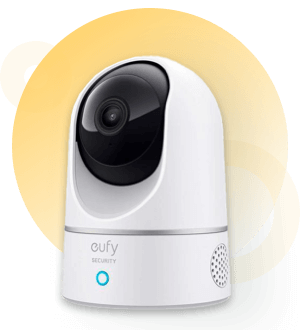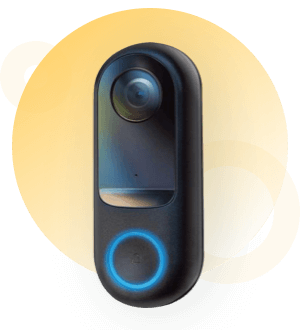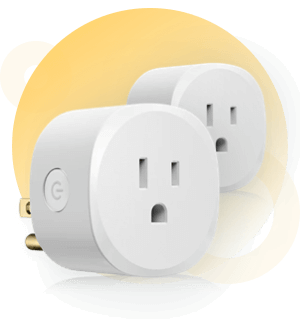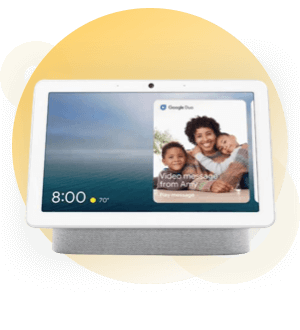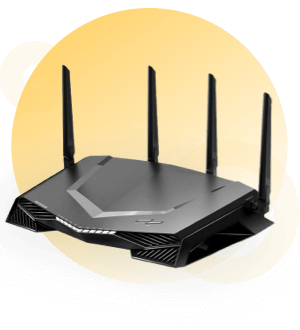When venturing into the world of smart homes, it’s crucial to approach the purchasing process with careful consideration. With an array of devices and systems available, finding the right fit for your needs can be overwhelming. To navigate this landscape effectively, it’s essential to weigh several key factors. In this guide, we delve into the aspects to consider when purchasing a smart home, helping you make an informed decision that aligns with your lifestyle and goals.
Understand Your Purchasing Demographic
1. Accessibility to children – being able to use products w/o parental supervision with restrictions if necessary
2. Teenagers → Young Adults
3. Adults – specifically purchasing/renting new home(s)
4. Elderly
5. Individuals with disabilities
Things to Consider
1. Compatibility and Integration: Compatibility is paramount when building a smart home ecosystem. Ensure that the devices or system you choose are compatible with your existing devices or platforms, enabling seamless integration and centralized control. Look for interoperability with popular platforms like Amazon Alexa, Google Assistant, or Apple HomeKit, as well as compatibility with other smart devices you may want to add in the future.
2. Functionality and Features: Assess the specific functionality and features offered by smart home devices. Consider your priorities, whether it’s voice control, energy monitoring, security features, or automation capabilities. Determine which features are essential to your lifestyle and select devices that meet those requirements.
3. Scalability and Expandability: Consider the future growth and adaptability of your smart home system. Opt for a scalable solution that allows for the addition of new devices or integration with third-party products. This flexibility ensures that your smart home can evolve with advancing technology and meet your changing needs.
4. Security and Privacy: Security is a paramount concern in the realm of smart homes. Prioritize devices that prioritize robust security measures, such as encryption, regular firmware updates, and granular control over data sharing. Look for brands known for their commitment to privacy and security, ensuring that your personal information remains protected.
5. User Interface and Ease of Use: The user interface plays a significant role in the overall smart home experience. Consider the usability and intuitiveness of the controls, whether through a mobile app, voice commands, or a dedicated control panel. Opt for a system that suits the preferences and technical proficiency of all household members.
6. Connectivity: Assess the connectivity options of smart home devices. While most devices rely on Wi-Fi, some may use Bluetooth, Zigbee, Z-Wave, or other wireless protocols. Ensure that the devices can seamlessly connect to your home network and offer reliable communication.
In conclusion, purchasing a smart home requires careful evaluation of various factors to ensure the ideal fit for your needs. Considering compatibility, functionality, scalability, security, user interface, and connectivity will guide you toward a system that harmonizes with your lifestyle and delivers a seamless smart home experience. By keeping these considerations in mind, you can confidently navigate the smart home market and select the devices and systems that transform your house into your dream living space.
